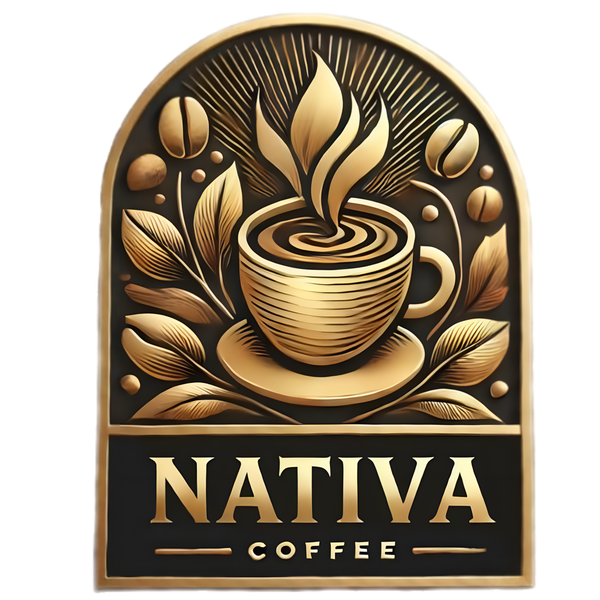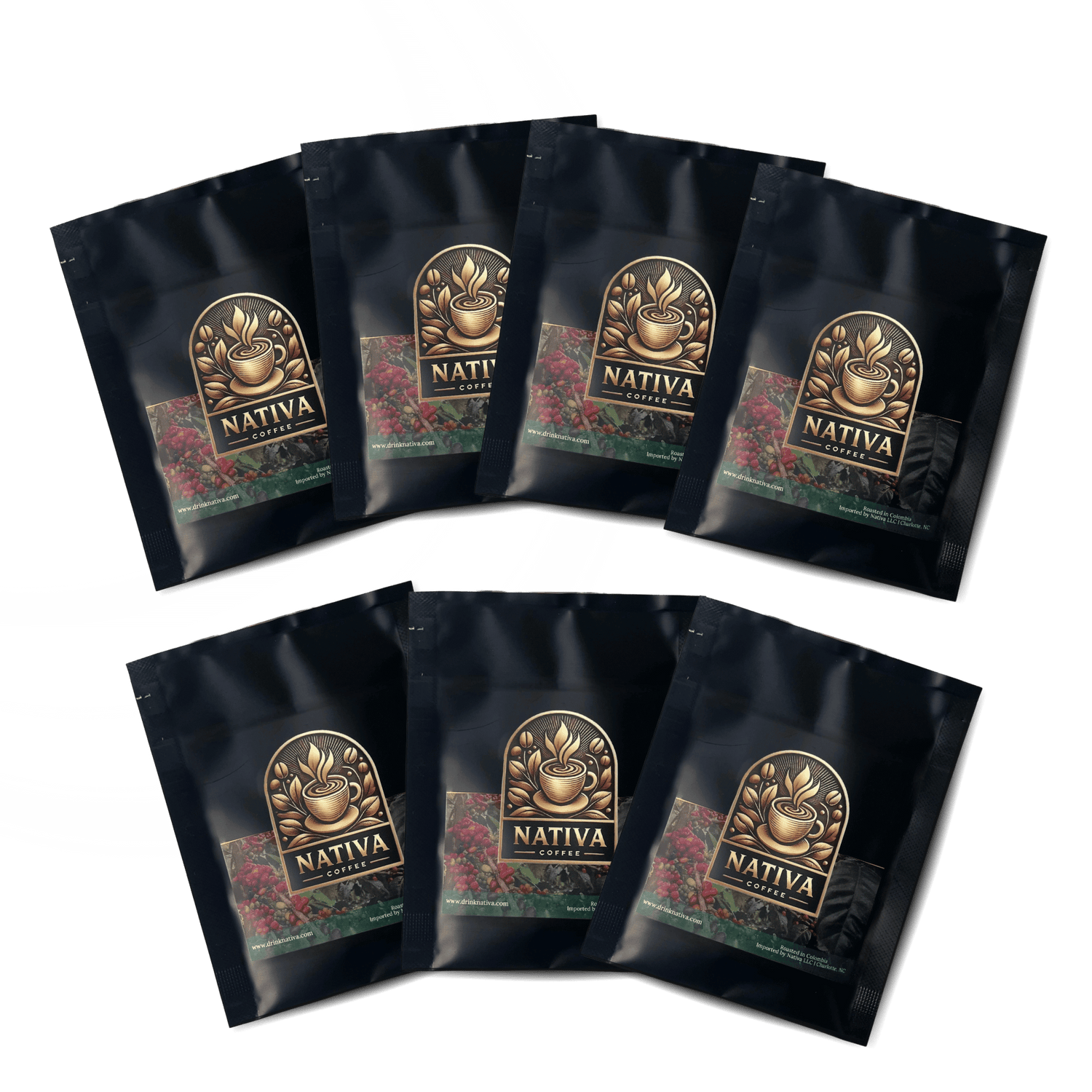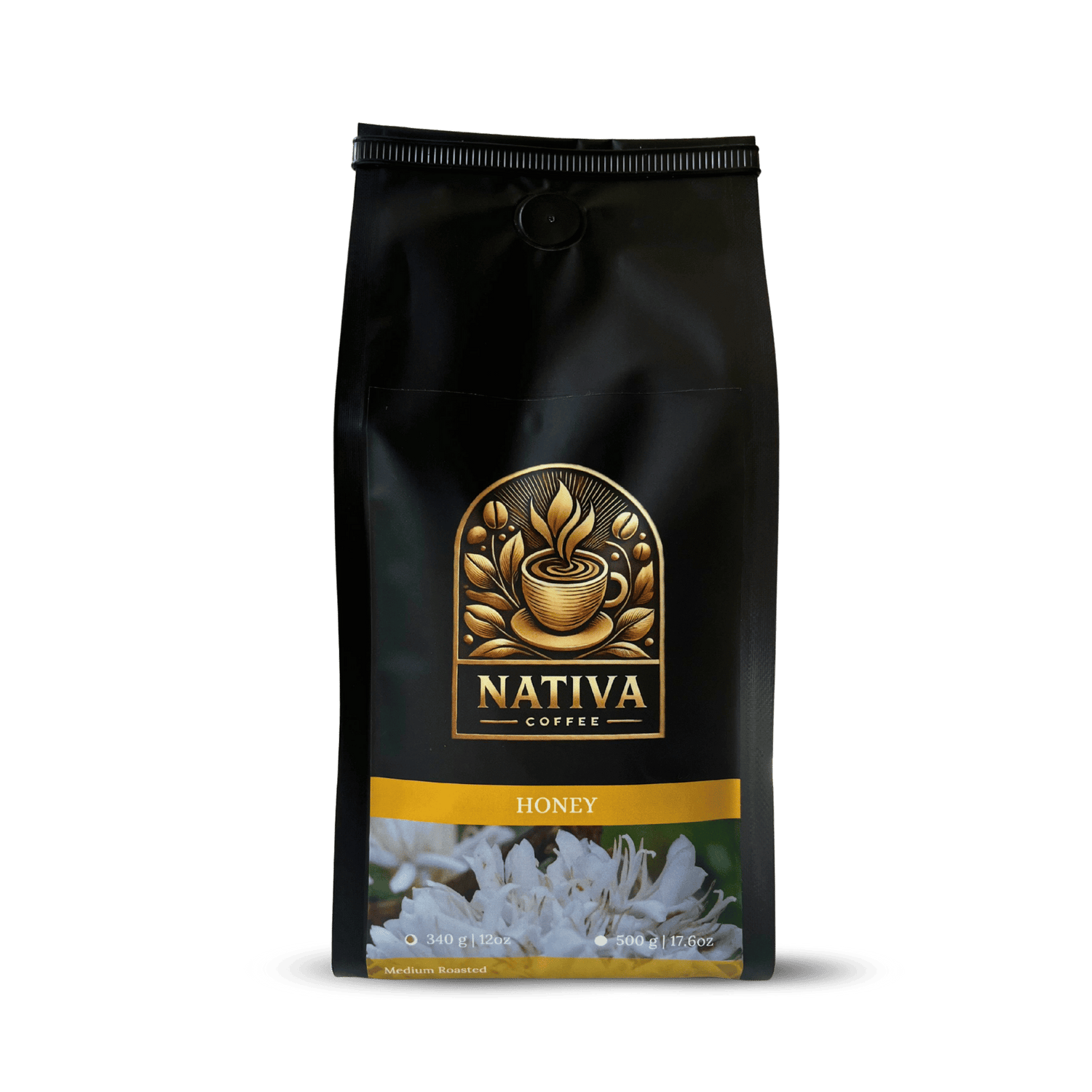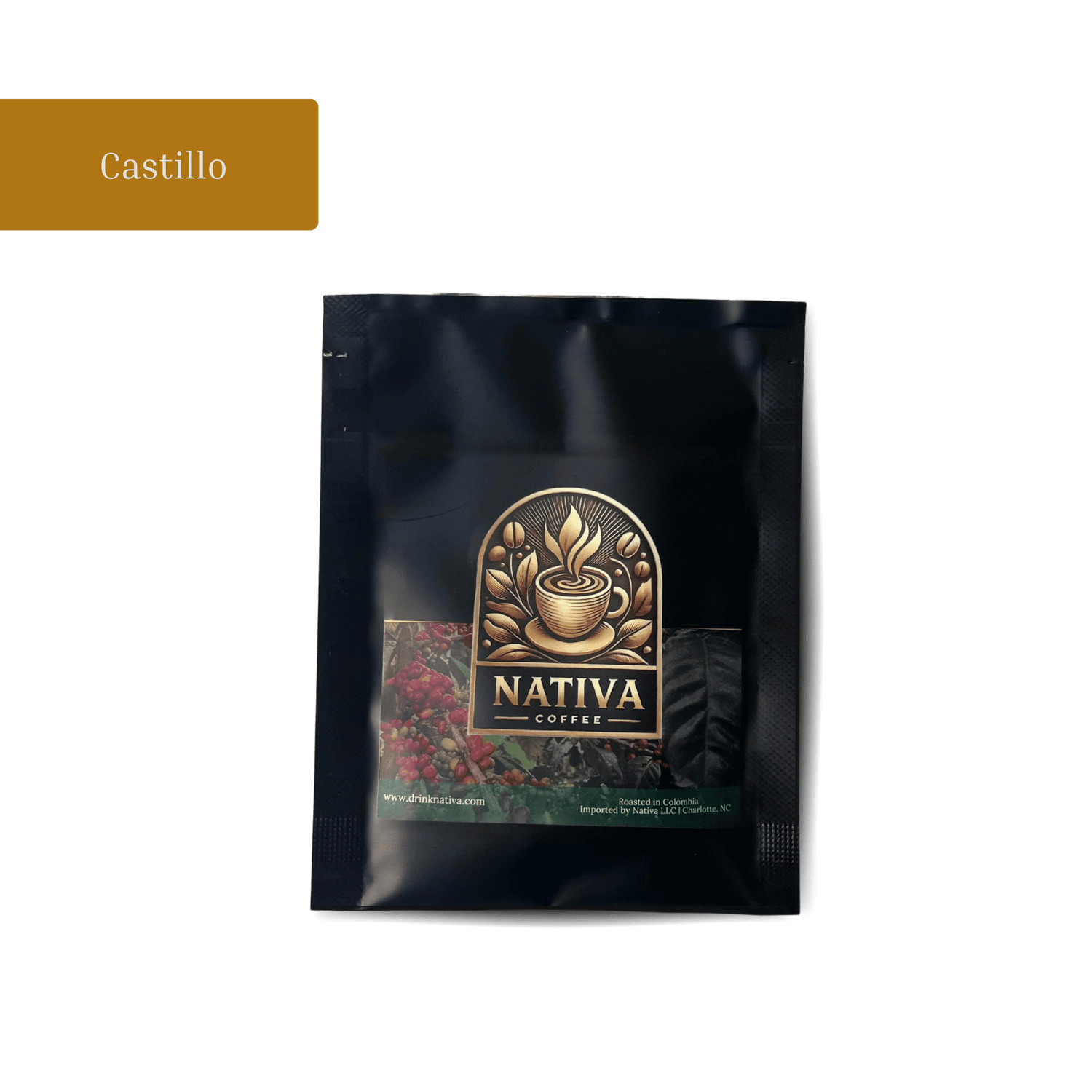Understanding How Different Roasting Levels Impact Flavor and Quality
Coffee roasting is an essential process that transforms raw green coffee beans into the aromatic, flavorful beans we love. The roasting level significantly affects the taste, aroma, and overall quality of the final brew. Understanding how different roasting levels impact coffee allows you to make better choices based on your taste preferences.
The Basics of Coffee Roasting
During roasting, coffee beans undergo chemical changes that influence their flavor and aroma. As heat is applied, the beans lose moisture, expand, and change color from green to various shades of brown. This process releases oils and sugars that define the coffee's taste.
Roasting generally happens in three stages:
- Drying Stage: Moisture evaporates, and the beans prepare for the first crack.
- Maillard Reaction: Sugars and amino acids react, developing flavor and aroma.
- Development Stage: Flavors intensify, leading to different roast levels.
Common Roasting Levels Explained
Coffee is typically categorized into three main roasting levels:
Light Roast
Light roasts are roasted for a shorter period, preserving the bean's natural flavors. They have a light brown color, no visible oils, and retain high acidity and complex fruity notes.
Medium Roast
Medium roasts are roasted slightly longer, striking a balance between acidity and body. They have a medium brown color and feature a smooth, well-rounded flavor with moderate acidity.
Dark Roast
Dark roasts undergo the longest roasting time, producing dark brown, oily beans. Their flavors are bold, smoky, and less acidic, often with hints of chocolate or caramel.
How Each Roast Level Affects Flavor
Each roasting level brings out unique characteristics in the coffee beans. Understanding these differences can help you choose the best roast for your taste.
Light Roast: Bright and Fruity
Light roasts retain most of the bean’s natural flavor, offering a bright, fruity, and floral taste. Their high acidity provides a crisp and clean finish, making them ideal for coffee lovers who appreciate complex flavors.
Common flavor notes: Citrus, berries, and floral undertones.
Medium Roast: Balanced and Smooth
Medium roasts strike a balance between acidity and body, offering a smooth, well-rounded flavor. They bring out a mix of the bean’s natural notes while adding slight caramel or nutty undertones due to extended roasting.
Common flavor notes: Caramel, chocolate, and mild fruitiness.
Dark Roast: Bold and Smoky
Dark roasts develop bold, intense flavors with reduced acidity. The longer roasting process produces smoky, bitter, and sometimes charred flavors. These roasts often have a heavier body and leave a lingering aftertaste.
Common flavor notes: Dark chocolate, smokiness, and toasted nuts.
Choosing the Right Roast for Your Taste
Choosing the right roast depends on your personal taste preferences and preferred brewing methods. Understanding the nuances of each roast can help you enhance your coffee experience.
Matching Roast Levels with Your Preference
- Light Roast: Ideal for those who enjoy bright, acidic flavors and complex aromas.
- Medium Roast: Great for coffee lovers who prefer a balanced, smooth flavor.
- Dark Roast: Perfect for those who enjoy bold, intense flavors with low acidity.
Best Brewing Methods for Each Roast
- Light Roast: Best brewed using pour-over, Aeropress, or drip coffee makers.
- Medium Roast: Suitable for most brewing methods, including French press and drip.
- Dark Roast: Ideal for espresso, French press, and Moka pot brewing.



